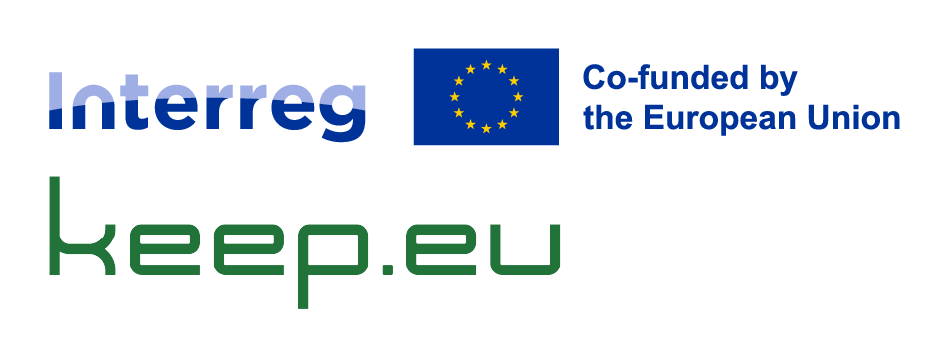Data. How is data processed in keep.eu?
Data quality is a key issue for any knowledge management tool, such as keep.eu. Data should be, as much as possible, accessible, complete, correct, on-time and synchronised.
Much of data quality can only be guaranteed through clear and transparent procedures applying to the collection, processing and publishing of data (among many other lines of work that, all together, contribute with their share to the quality of the data in keep.eu and to an enriching website-user experience).
Specifically regarding project-partner data processing in keep.eu, the workflow can be summed up as follows:
- A project-partner data file arrives to keep.eu. Each programme sends their own data, hence each file received in keep.eu belongs to a single programme. The same occurs when a programme’s project-partner data is retrieved from its website.
- The data file is verified for a minimum set of data, without which it is not possible to continue processing. Once this is verified the processing can proceed.
- Data is geocoded (that’s how the users can see mapped information) and validated (location-region-country match, programme name, etc.).
- The keep.eu team then needs to make sure that the fields are standardised as much as needed, so that keep.eu manages to seamlessly aggregate this data set together with the remaining data in the database and provide users with as many search options and results as possible.
- If the data at hand concerns projects that are new to the database, the Interact team working with keep.eu classifies these projects according to one, two or three themes to each project. At the same time, software will detect the language of the data and classify each project also regarding the used languages.
- Now the project-partner data is published, and the programme that sent the data to keep.eu is informed, so that it can verify it.
- Right after the data is published, it is once more verified by the keep.eu team. At the same time, the information regarding the respective programme’s project-partner data in keep.eu is updated (for example, the percentage of this programme’s projects that are featured in keep.eu). All of these add up to the representativeness of keep.eu, which Interact keeps a gauge on. Also, news is published at keep.eu on the recent data update.
